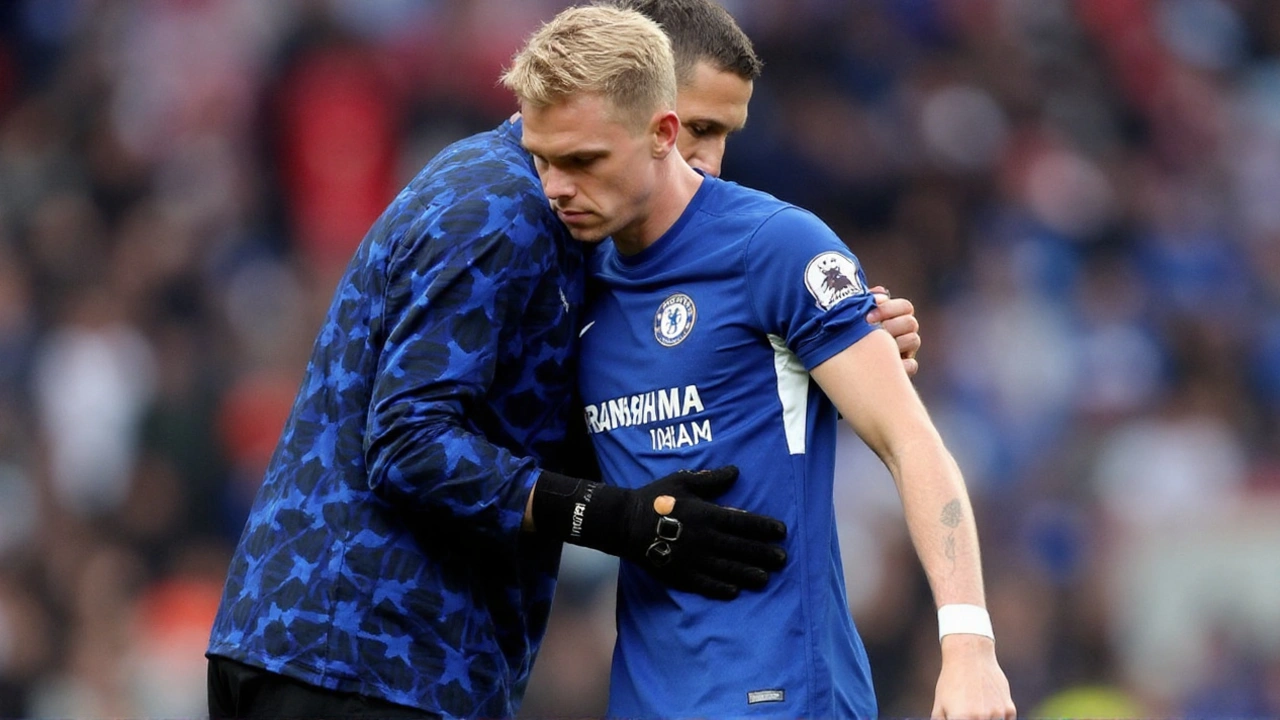Doping in Sports – What’s Happening Now?
When you hear the word "doping" you probably think of athletes getting caught with banned substances. It’s a headline that pops up a lot, and for good reason – doping can change results, careers, and fans’ trust. In this article we’ll break down the biggest recent story, explain how anti‑doping agencies operate, and give you practical tips on spotting the impact of doping in the games you love.
Recent High‑Profile Doping Cases
The most talked‑about case right now is tennis star Jannik Sinner. He received a three‑month suspension after a doping settlement involving the steroid Clostebol. The ban came because of accidental exposure from his trainer’s treatment, not intentional cheating. Even though the suspension was short, it sparked a wave of discussion about how athletes can be caught up in doping scandals without meaning to.
Sinner’s situation isn’t unique. Over the past year we’ve seen cyclists, footballers, and even sprinters face similar setbacks. Each case adds pressure on sports bodies to tighten testing and educate athletes about hidden sources of banned substances – like creams, supplements, or even certain medical treatments.
What’s common across these stories is the ripple effect. A single suspension can shift team line‑ups, affect betting odds, and leave fans feeling betrayed. It also reminds younger athletes that they need to double‑check anything they put in their bodies.
How Anti‑Doping Works and What It Means for Fans
Anti‑doping agencies, such as WADA, run a global network of tests. They collect blood or urine samples before and after competitions, and even out‑of‑competition. If a sample shows a banned substance, the athlete gets a provisional suspension while the case is reviewed.
For the average fan, the process might look confusing, but the basics are simple: athletes are expected to stay clean, and agencies punish violations to protect the sport’s integrity. When a test is positive, the news usually spreads fast – you’ll see it on sports websites, social media, and sometimes the live broadcast.
Understanding the anti‑doping rules can help you follow the sport better. If a player is suddenly removed from a squad, it could be a doping issue. Some leagues also publish the list of banned substances each season, so you can see what’s off‑limits.
Finally, remember that not every scandal is a sign of widespread cheating. Many athletes slip up because of mislabeled supplements or medical errors. The key takeaway is that the system is constantly evolving: agencies are improving testing methods, and athletes are getting more education about safe product use.
So next time you hear "doping" in the news, you’ll know it’s more than a scandal headline. It’s a complex mix of science, regulations, and personal responsibility that shapes the outcomes of the games we love.

FA charges Mykhailo Mudryk over meldonium test as Chelsea winger faces up to four-year ban
Keabetswe Monyake Sep 20 8Chelsea’s Mykhailo Mudryk has been charged by the FA after a positive test for meldonium, putting him at risk of a four-year ban. The Ukrainian winger was provisionally suspended in December and says he never knowingly used a banned substance. Chelsea declined comment; sources suggest the substance may have been taken outside the UK. A hearing will decide his fate and any sanction.
More Detail